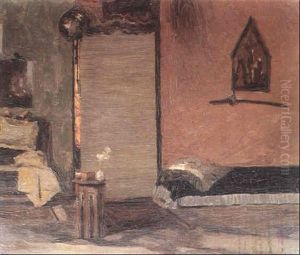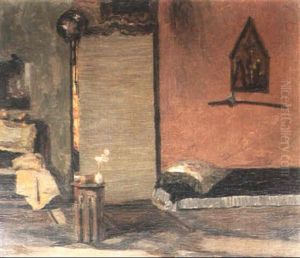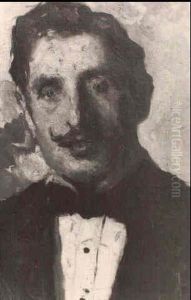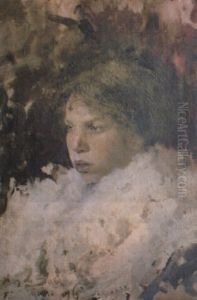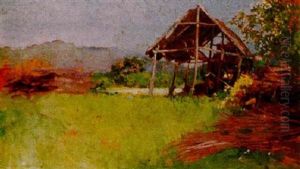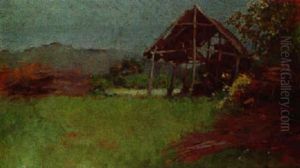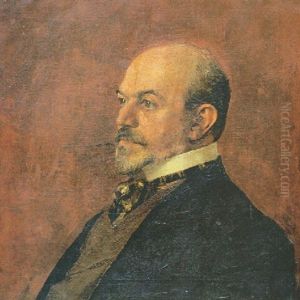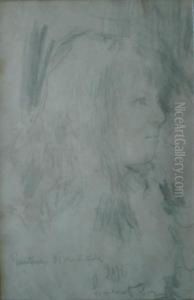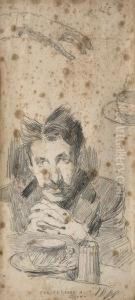Carlos Federico Saez Paintings
Carlos Federico Sáez was an Uruguayan painter who made a significant impact on the art scene despite his short life. Born on September 20, 1878, in Montevideo, Uruguay, Sáez grew up in a period of rich cultural development in his country. Showing an early interest in art, he was profoundly influenced by the European art movements of the 19th century, especially by the Realist and Impressionist painters. His work, however, went beyond mere imitation, as he sought to capture the essence of Uruguayan culture and landscape through his artistic lens.
Sáez's education in the arts began at the Academia de Bellas Artes in Montevideo, where he was a student under prominent artists of the time, including the Italian painter Juan Manuel Blanes and Uruguayan artist Carlos María Herrera. His talent was evident from his student days, earning him accolades and recognition among his peers and mentors. Despite the limitations of his local environment, which was far removed from the European art capitals, Sáez was determined to develop a unique artistic voice that spoke to the specificity of his homeland.
In his brief career, Carlos Federico Sáez managed to produce a body of work that was both pioneering and deeply reflective of Uruguayan identity. His paintings often depicted rural and urban landscapes, showcasing the natural beauty of Uruguay with a sensitive and nuanced approach. He is also known for his portraits, which capture the character and essence of his subjects with remarkable depth and empathy.
Unfortunately, Sáez's promising career was cut short by his untimely death at the age of 22, on May 8, 1901. The cause of his death remains a subject of speculation, with theories ranging from tuberculosis to suicide. Despite his early demise, Sáez's legacy in Uruguayan art is profound. He is considered a forerunner of modern Uruguayan painting, and his works continue to be celebrated for their contribution to defining a national artistic identity. Sáez's influence can be seen in the generations of Uruguayan artists who followed, many of whom have cited him as a key inspiration in their own endeavors to capture the spirit and essence of Uruguay through art.



